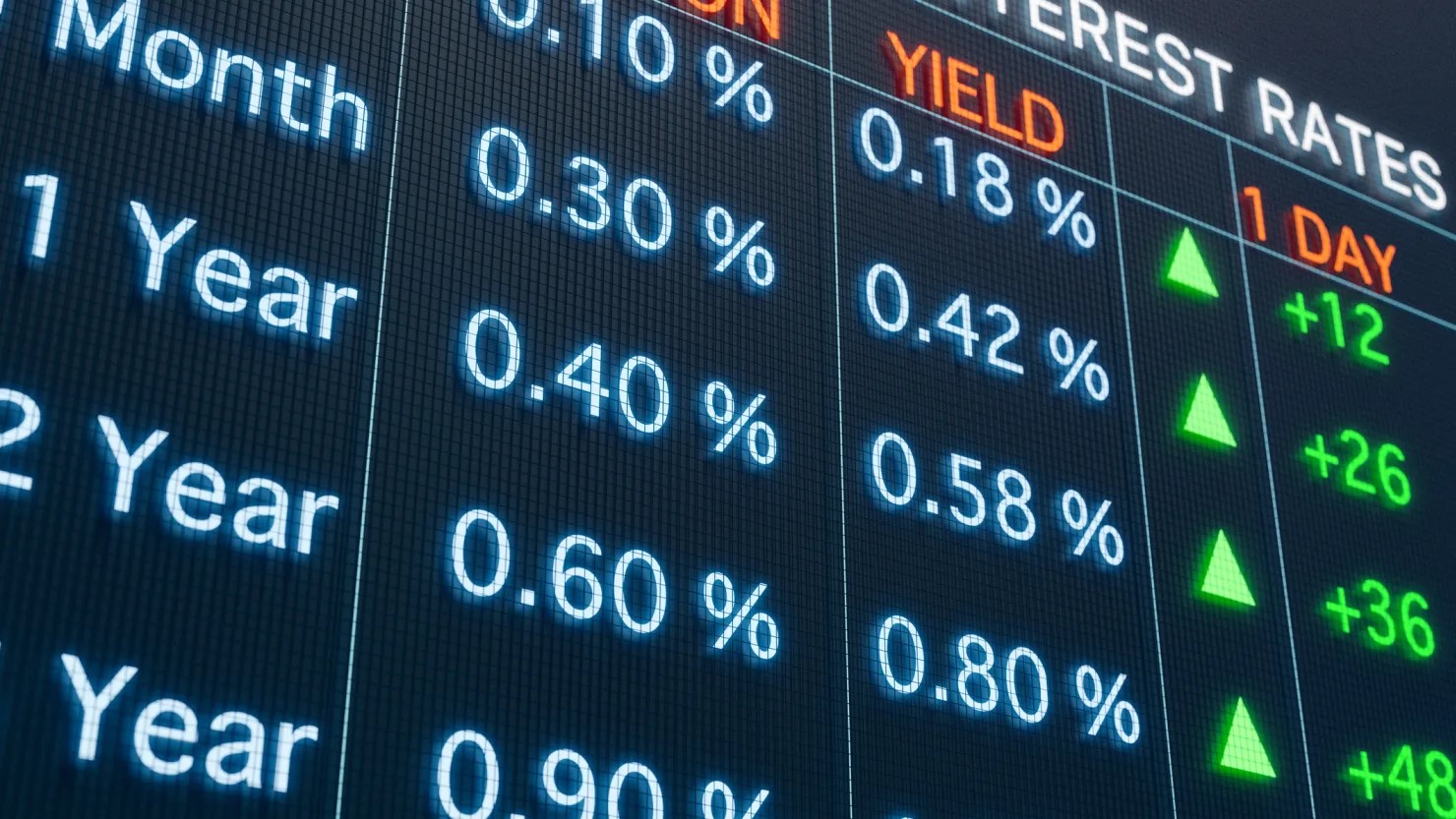
Fed Lowers Interest Rate, Yet Long-Term and Mortgage Rates Rise

 :
| Updated On: 22-Sep-2025 @ 3:06 pm
:
| Updated On: 22-Sep-2025 @ 3:06 pmSHARE
Long-term U.S. Treasury yields rose sharply this week, defying expectations following the Federal Reserve’s recent interest rate cut, as bond investors did not receive the reassurances they sought about the economy and inflation. The 10-year Treasury yield climbed to 4.145% after briefly dipping below 4%, while the 30-year Treasury yield, closely linked to mortgage rates, traded around 4.76%, up from a low of 4.604% earlier in the week. The Fed had lowered its benchmark lending rate by a quarter-point to 4.00%-4.25% on Wednesday, marking the first rate cut of the year. While investors initially responded by pushing stocks to record highs, bond traders interpreted the move as an opportunity to “sell the news,” taking profits from recent bond gains.
Peter Boockvar, chief investment officer at One Point BFG Wealth Partners, noted that traders of longer-dated bonds “don’t want the Fed to be cutting interest rates,” as their sale of long-term securities drove bond prices down and yields up, reflecting the inverse relationship between bond prices and yields. This dynamic indicates concerns that easing monetary policy amid inflation above the Fed’s 2% target and an otherwise stable economy could suggest the central bank is losing focus on controlling inflation—a significant risk for longer-duration bonds. Updated Fed projections indicated slightly faster inflation for the coming year, further fueling uncertainty. Investors have been watching closely for a shift in Fed priorities from fighting inflation to boosting the labor market, especially following weak employment data earlier this month. Fed Chair Jerome Powell described the rate cut as a “risk management” move, citing a softening labor market as justification.
Boockvar explained that the rise in yields this week also followed months of steadily increasing long-term bond prices, which had previously lowered yields. This mirrors a similar pattern observed after last September’s Fed rate cut. Despite multiple rate reductions since early 2024, the 10-year Treasury yield remains relatively unchanged compared to early 2024 levels. Analysts warn that higher long-term yields affect mortgages for homes and autos, as well as credit card costs. Indeed, mortgage rates rose this week after reaching a three-year low ahead of the Fed action. Homebuilder Lennar reported weak third-quarter revenue and delivery guidance, highlighting ongoing pressures from elevated interest rates in the housing market.
Chris Rupkey, chief economist at FWDBONDS, emphasized that bond investors evaluate the broader picture rather than reacting solely to individual rate cuts. They aim to anticipate the central bank’s “end game” regarding future rate cuts and the perceived neutral rate of the Fed funds rate. International developments also influence U.S. long-term yields, as global bond markets have generally been moving higher, reinforcing the interconnectedness of global financial markets.
Rupkey cautioned that long-term investors should be careful with their expectations. Declining yields often signal a potential recession, whereas this week’s yield surge partly reflected declining unemployment filings, indicating lower near-term recession risk. He stressed that the bond market tends to respond most strongly to negative developments, noting, “The bond market only really embraces bad news… not just bad news, terrible news.” Consequently, the recent increase in long-term Treasury yields reflects complex interactions between Fed policy, inflation expectations, labor market data, and global bond market trends, highlighting the challenges investors face in balancing risk and opportunity in the current economic environment.